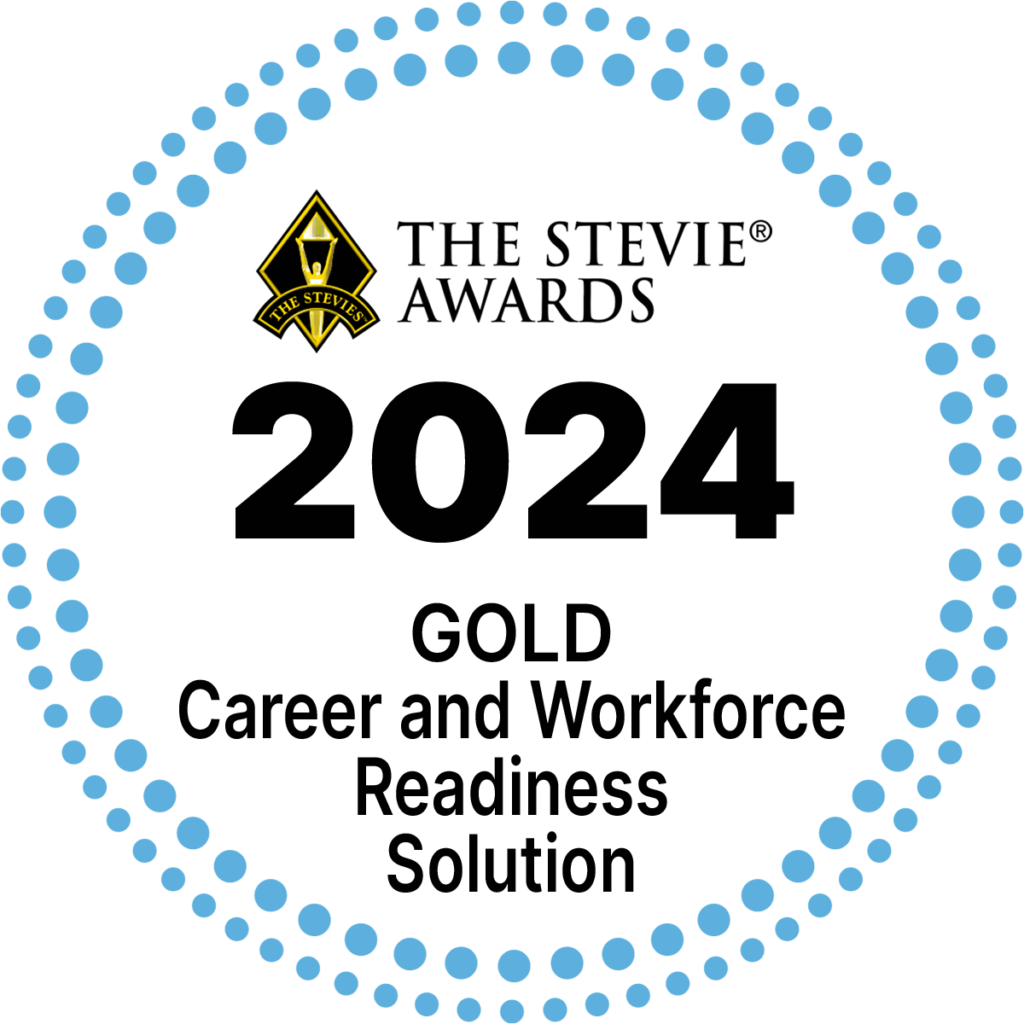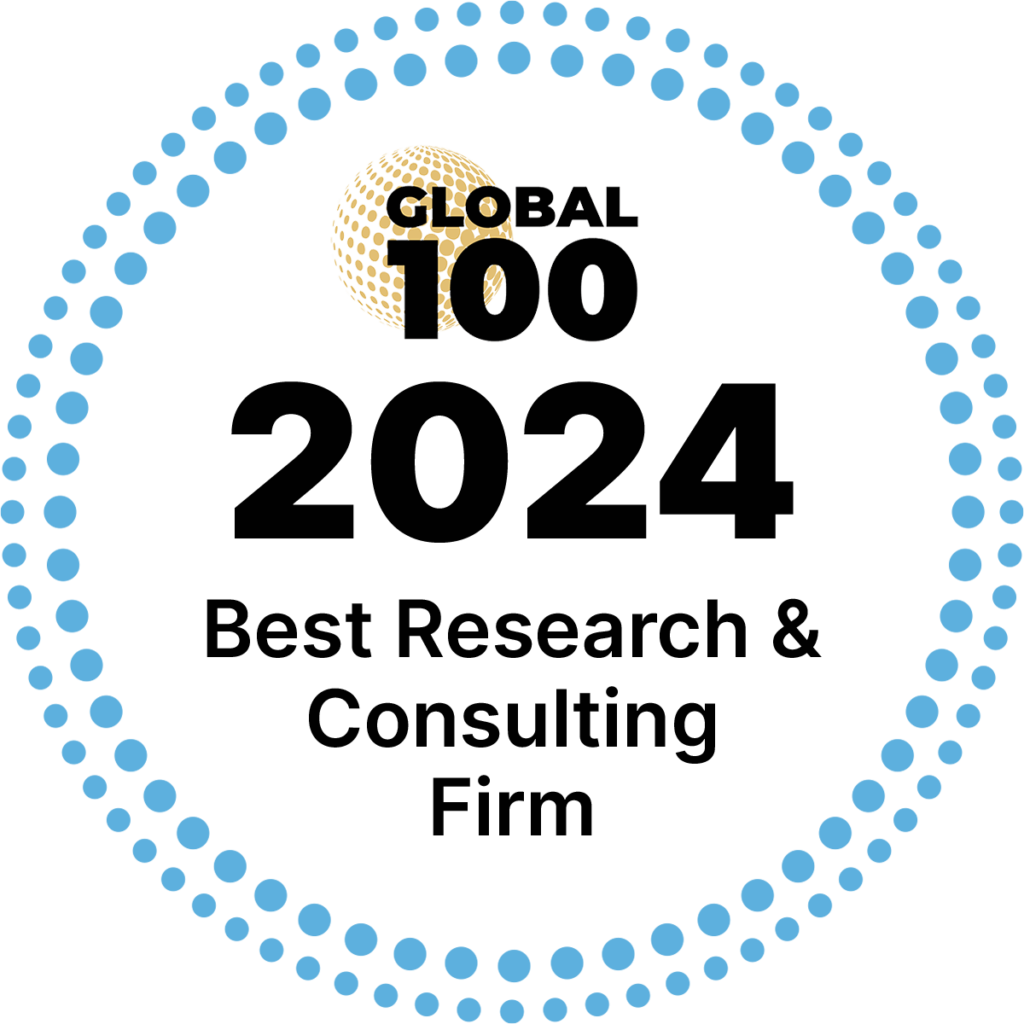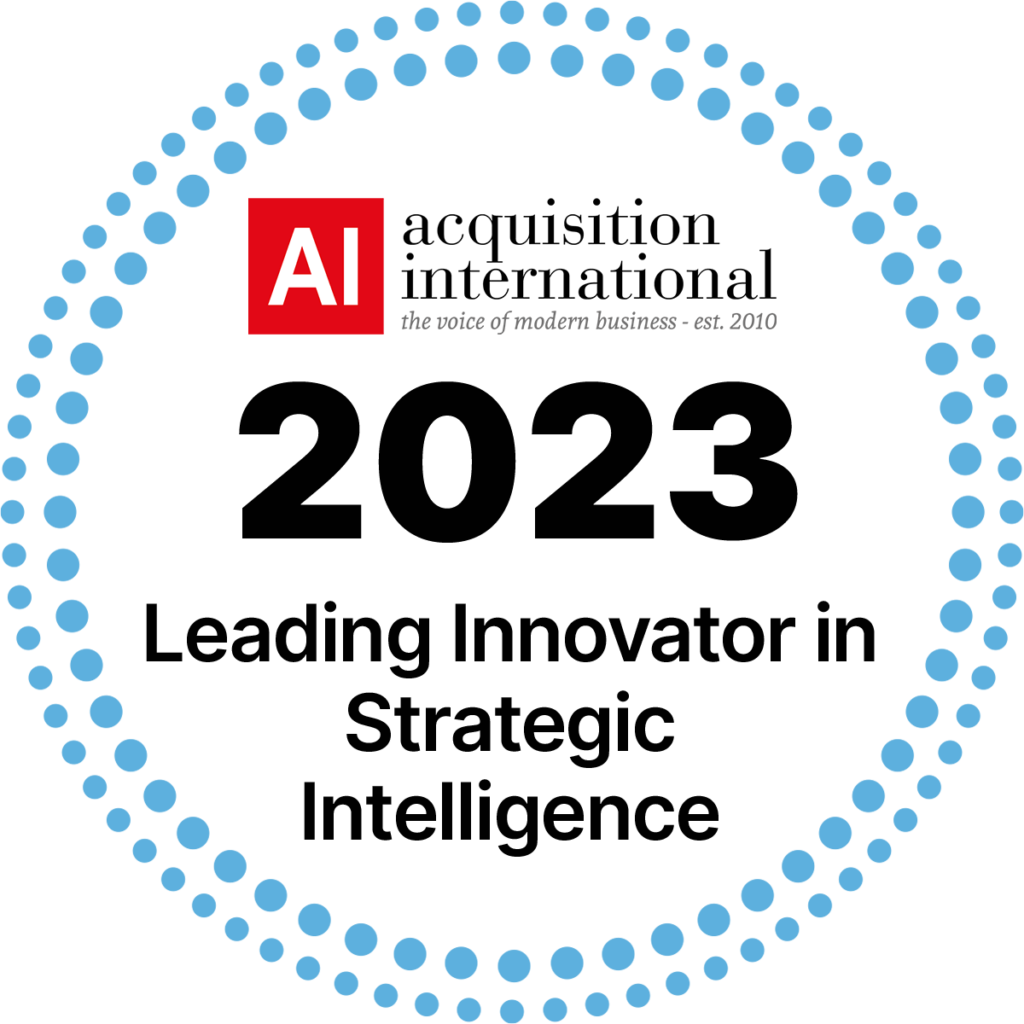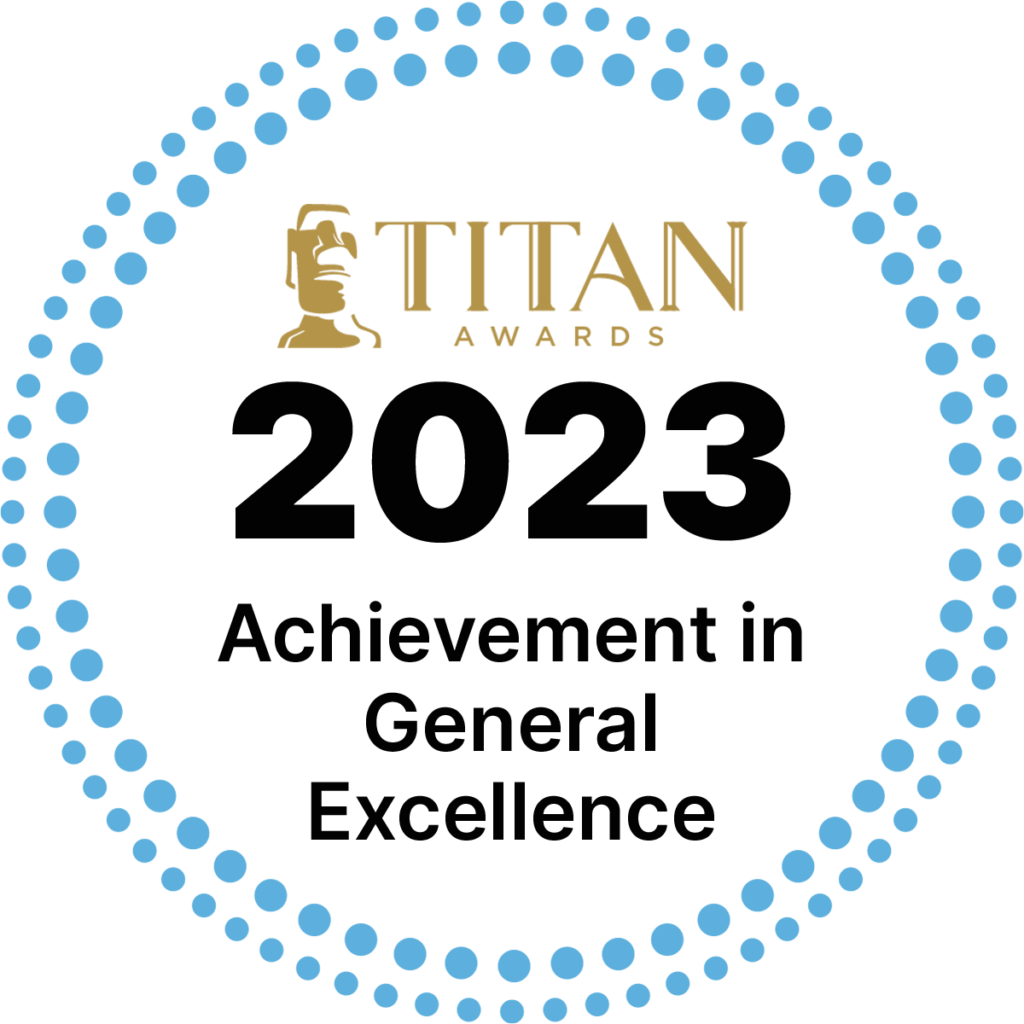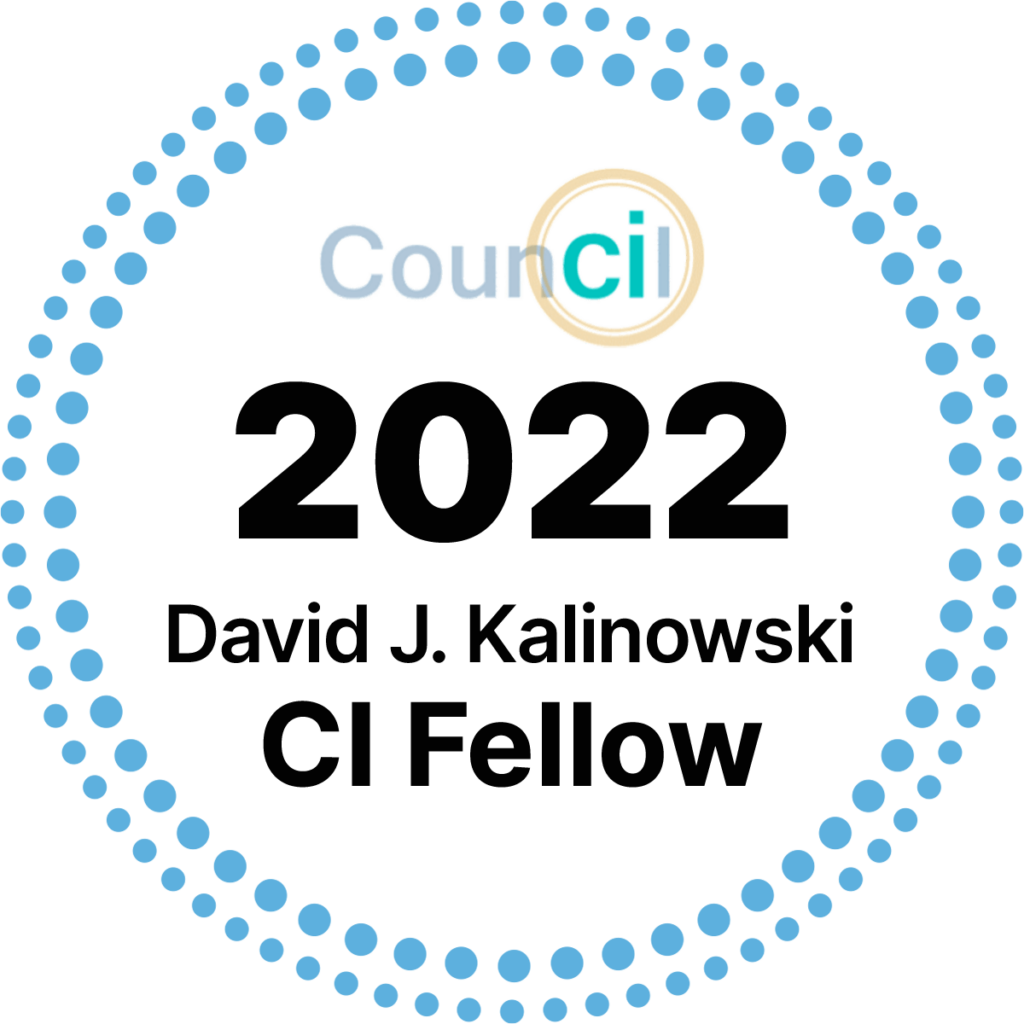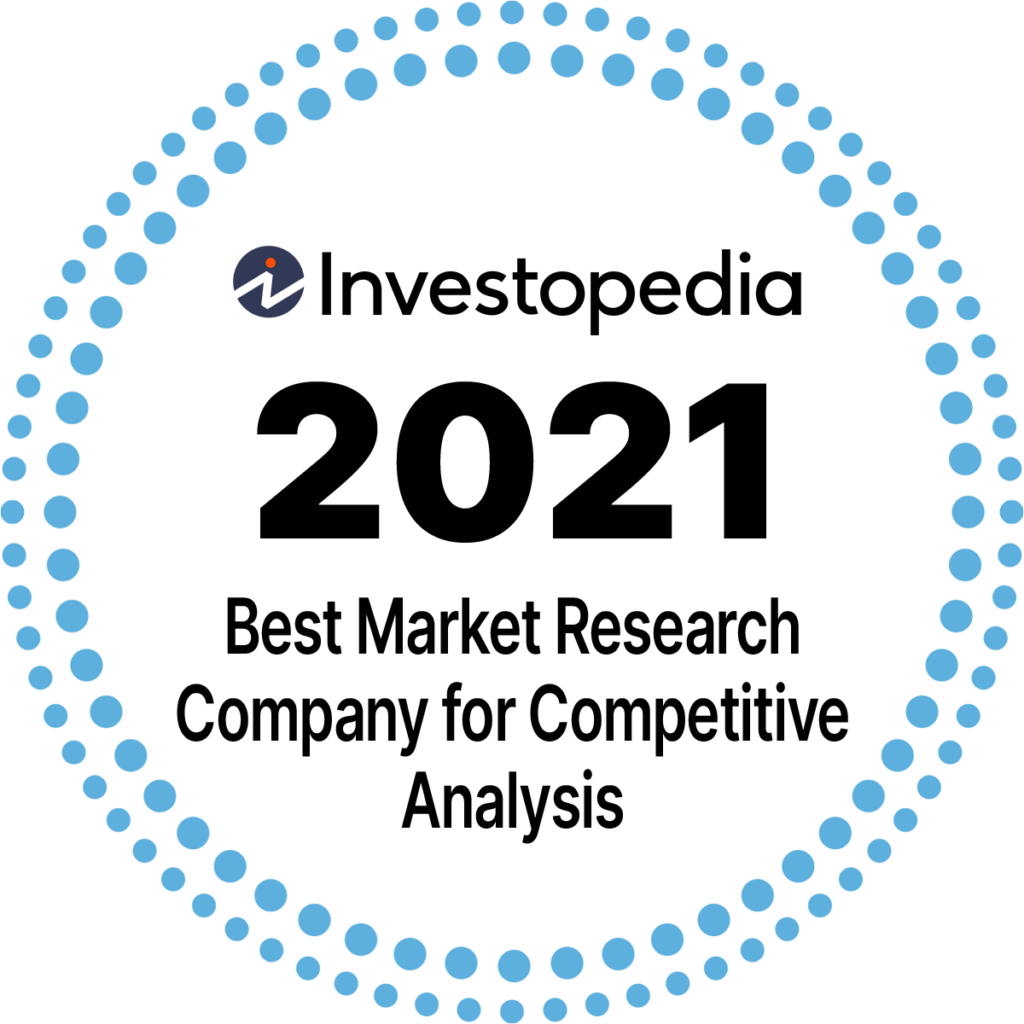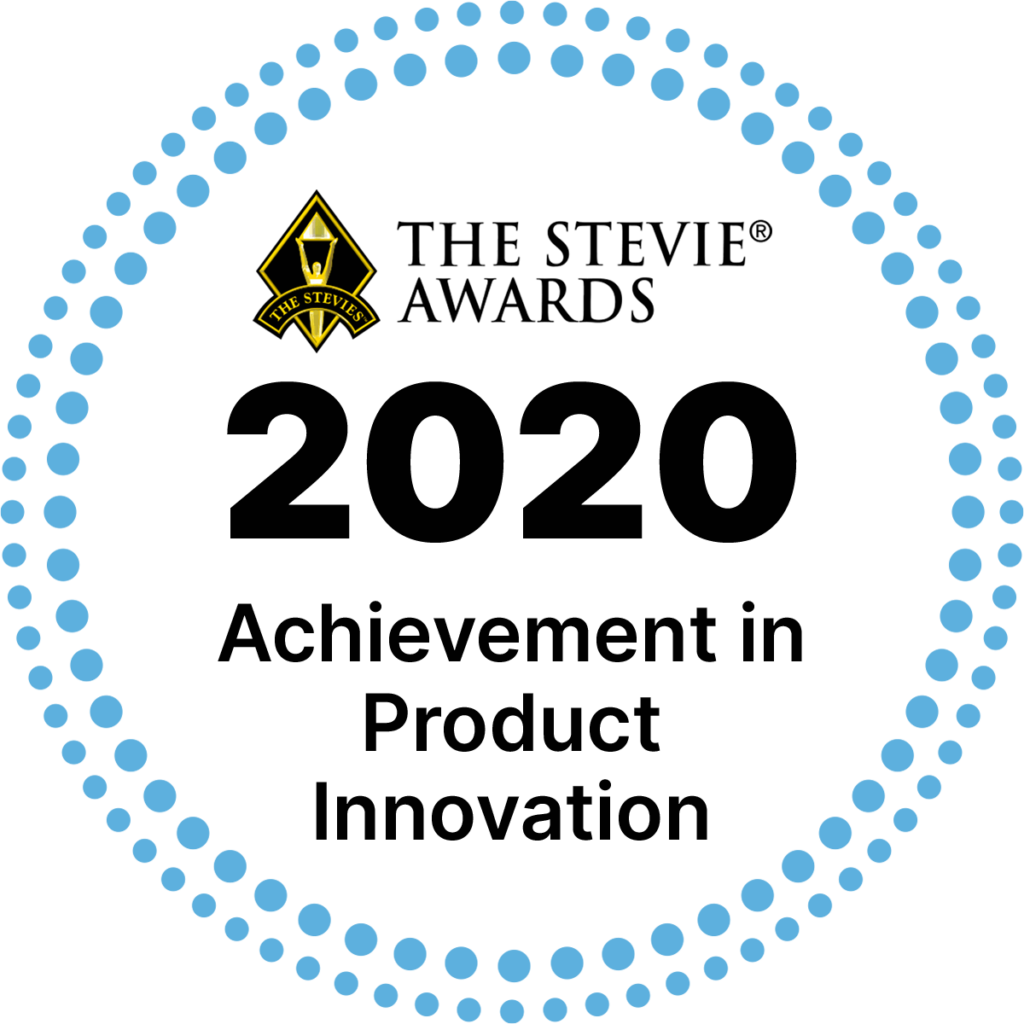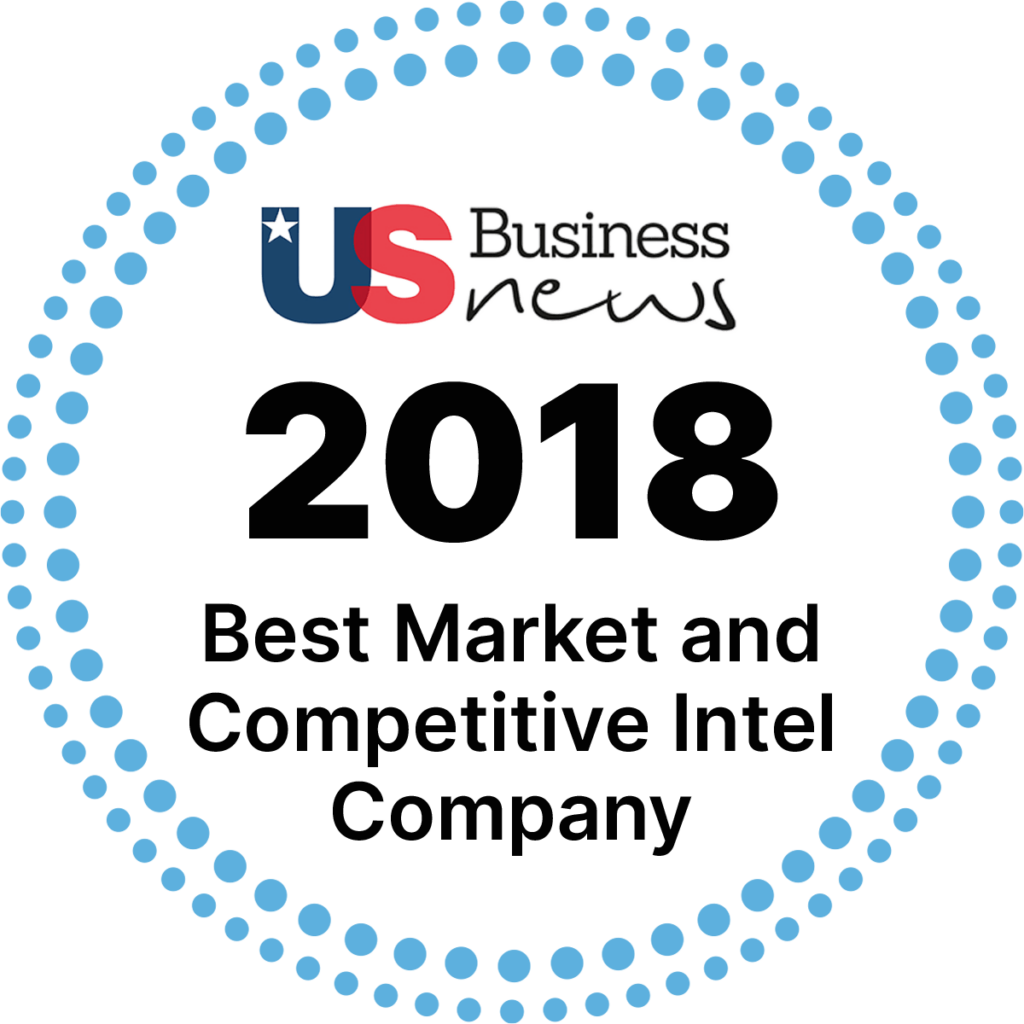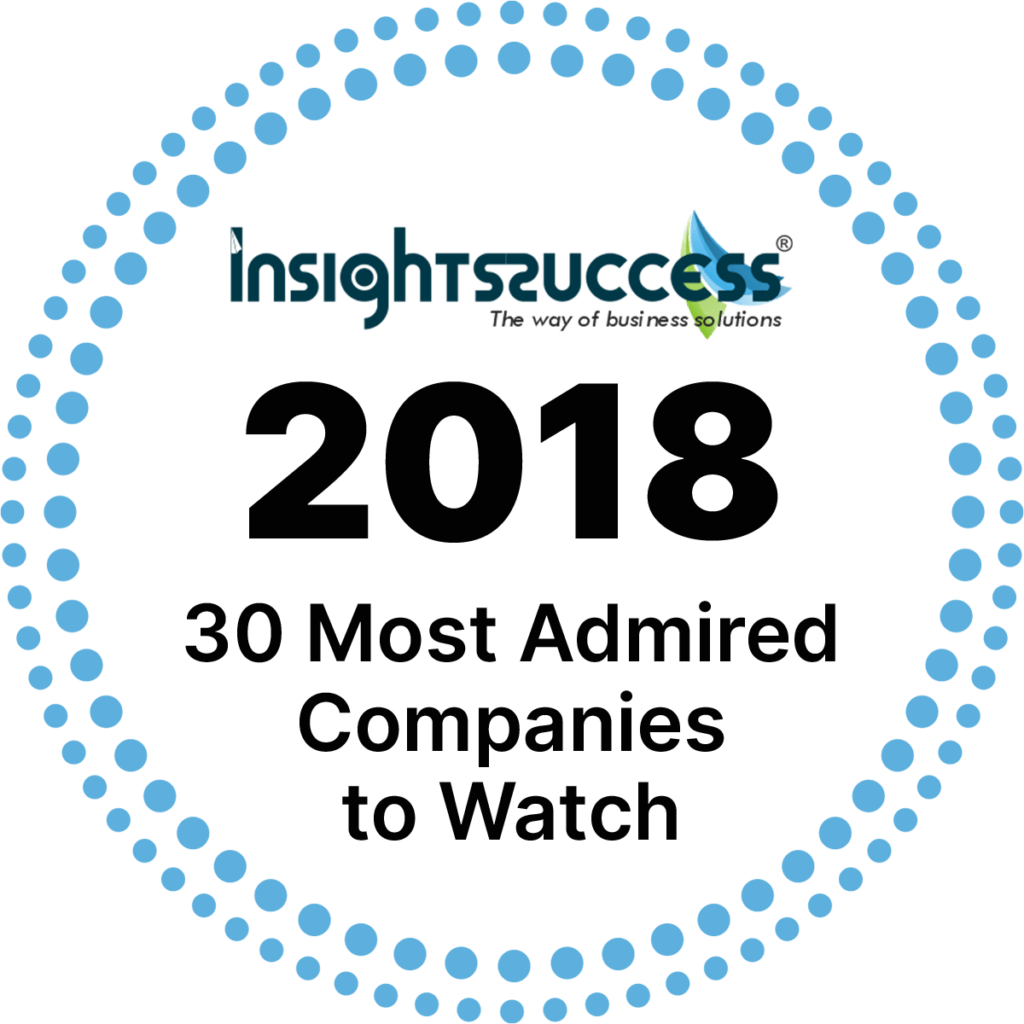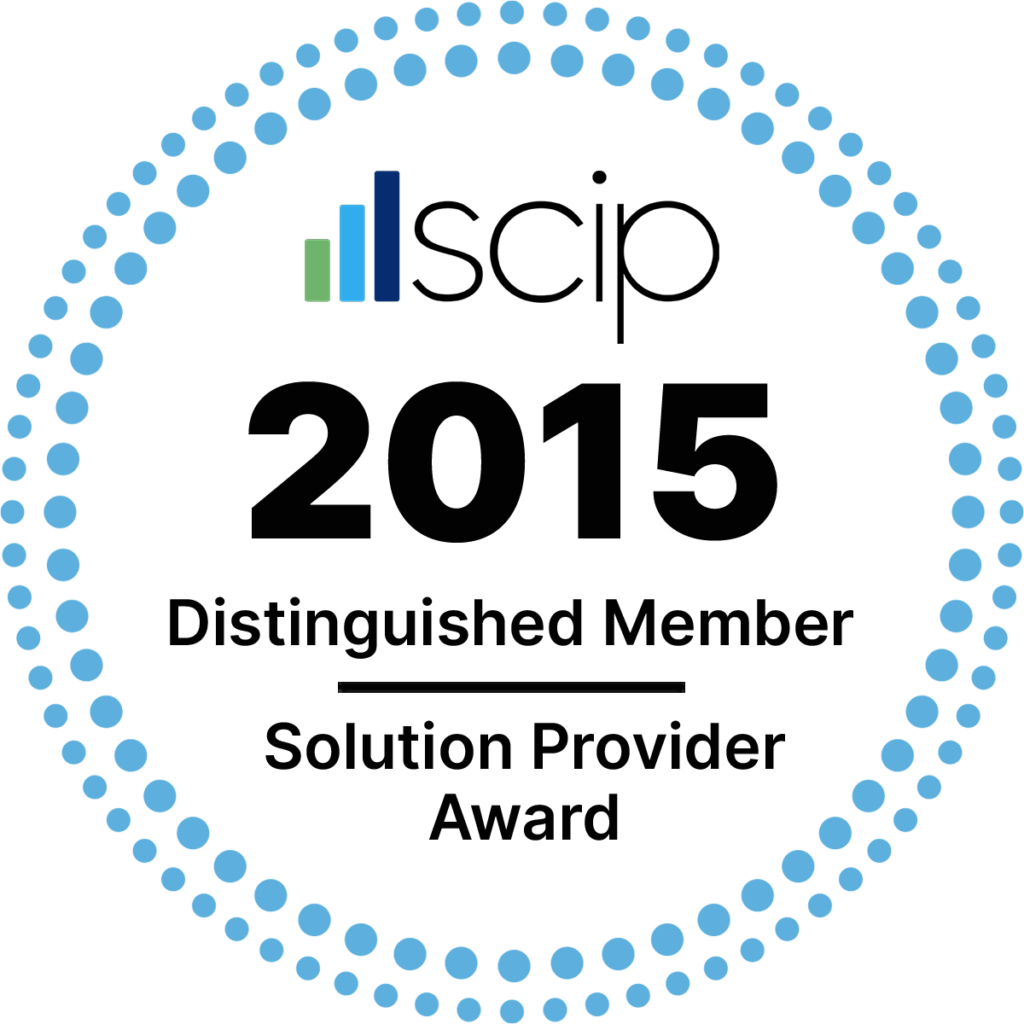
Gary Maag (Retired)
Co-Founder
Proactive Worldwide, Inc.
Published: December 15, 2020
It comes as no surprise that Merriam-Webster and Dictionary.com both just announced their 2020 word of the year is “Pandemic.” On its website, Merriam-Webster writes, “Sometimes a single word defines an era, and it’s fitting that in this exceptional—and exceptionally difficult—year, a single word came immediately to the fore as we examined the data that determines what our Word of the Year will be.”
As a natural consequence of the COVID-19 pandemic, the word “constraint” has emerged from relative obscurity, enjoying some notoriety among the many terms the pandemic has ushered into our daily vernacular. The negative connotation of being constrained, limited, or restricted, particularly for organizations that depend on market and competitive intelligence to drive their business, is certainly cause for concern. However, during this time when constraints have closed many doors, these same limitations on our mobility (and daily existence) have also opened windows of opportunity for progressive enterprises that are receptive to new ways of thinking, working, and competing in a changing world.
Constraint #1 — Prohibition on Conferences and Trade Exhibitions
Spanning decades, annual in-person conferences have been standard practice for a large swath of industries, and with good reason. For professionals in finance, pharmaceuticals/healthcare, advanced software/technology, and an entire spectrum of consumer products, these gatherings present ideal opportunities for attendees to gain critical business insights, including but not limited to:
- Hands-on experience with competitors’/exhibitors’ prototypes or new offerings;
- Networking opportunities with competitors, customers, and vendors;
- Meaningful interactions with potential customers;
- Straightforward intelligence into industry market conditions.
According to the non-profit Strategic Consortium of Intelligence Professionals (SCIP) group, “The amount of information you can get from a show continues to grow and, with it, the opportunity for developing valuable intelligence. At the same time, there is continual development in the software that can help us at the trade shows.” The good news is that the pandemic’s constraints on in-person attendance are propelling new efficiencies in obtaining conference-related insights through virtual means. Rapid abstract management (RAM), for instance, is emerging as a highly potent and efficient tracking/monitoring/integration software platform. The point is that these new virtual monitoring approaches—which actually offer a more comprehensive, integrated information portal for data analytics—are giving industries a lot of food for thought. Companies are giving themselves permission to forego the more traditional, yet costly, travel and attendance fees in favor of virtual conference technology and virtual conference monitoring services to gain crucial competitive intelligence.
Constraint #2 — Maintaining Your Competitive Edge with a Remote Workforce
In our field, we stress to our clients that an effective competitive strategy constantly grows and evolves to meet industry standards. Before the pandemic, it was typical for cross-functional teams of decision-makers to convene in one location/time zone to explore relevant market research, game out risks and opportunities, and develop a competitive strategy that optimized a return on their investment. The 2020 pandemic has turned this scenario completely on its head—the emergence of a global remote workforce for the foreseeable future is unable to meet in the same building, much less in the same city, state, or even country.
For those organizations concerned about losing ground in competitive effectiveness due to team members working remotely, virtual wargaming workshops are proving to be a highly effective, lower-cost alternative.
- Within a training and education workshop setting, virtual facilitators guide corporate decision makers in developing and implementing forward-thinking, high impact moves and countermoves
- Virtual workshops help decision-makers become better prepared to face the future of their industry. Enterprises with global corporate stakeholders are coming around to the idea that different locations and time zones should no longer be perceived as an obstacle when virtual business wargaming offers so many benefits.
Through this innovation, today’s remote leadership teams gain the capability to test existing strategies or even create new strategies, and significantly improve their own understanding of and insight into competitors, their capabilities, and their potential actions.
Constraint #3 — Ongoing Disruptions Impacting Commerce and Consumer Behaviors
In a white paper outlining potential strategies to tackle COVID-19 in May 2020, international think tank with 37 member countries, Organisation for Economic Cooperation and Development, suggested, “In the extraordinary circumstances of the COVID-19 crisis, there are a number of reasons that may push competing companies to collaborate with one another and a number of ways in which consumers and the economy may benefit from these collaborations.” Our research confirms that this ‘lift-all-boats’ approach has been gaining in popularity because it has proven invaluable in enabling sustainable solutions for competing businesses in hard-hit industries:
- Neighborhood dining/entertainment establishments are combining forces to stay open and viable during bans on indoor dining. Together, these community coalitions are promoting practical calls to action within their sphere of influence, for example, “Spend $25 per week on take-out or curbside service at participating restaurants in our town…”
- “Buy Local” campaigns in communities with smaller populations are flourishing, marketed through social media by local chambers of commerce on behalf of independent bricks-and-mortar retail shops.
- Like-minded retail businesses are upping their online game, while banding together for social causes to improve market share and build a consortium of independent sellers. The City of Chicago’s recent “Black Shop Friday” campaign is a good example. Several well-known online retailers have followed suit with virtual Black Fridays that focus on independent businesses.
- Delivery providers for retail, pharmaceutical, and restaurant industries, to name a few, are expanding into less populated areas to sustain market share, while improving logistics for better alignment of supply with demand.
There are also lessons for municipal and government aid agencies when it comes to using expertise to 1) boost the competitive private sector; and 2) solve systemic, supply-and-demand challenges in our society. Hunger, for example, is a consistent and growing problem in the U.S In an Op-Ed for the Washington Post on December 7, 2020, “What the Pandemic Can Teach Us about Treating Hunger,” World Central Kitchen founder Jose Andrés writes, “Lawmakers don’t have to choose between helping restaurants and feeding the hungry: Restaurants can feed the hungry, with federal support. There’s also no need to choose between paying farmers to destroy crops or supporting food banks: Farmers can be paid to supply the food banks.”
Reconsidering the pandemic’s constraints and working to develop and scale up solutions has real potential to create lasting, positive gains in both consumer engagement, business success, and the economy at large. Safety in numbers is, in many ways, becoming good policy. There is a growing realization that by coming together, an industry, sector, or community has a much better chance of surviving than if those individual businesses attempt to go it alone, only to fail separately. Credible competitive intelligence is an essential asset in overcoming these challenges.

